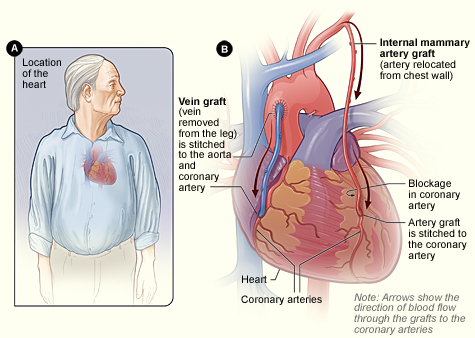May 2006 - A new tactic in the battle against cardiovascular disease, employing nanoengineered molecules called "nanolipoblockers" as frontline infantry against harmful cholesterol, is showing promise in early laboratory studies at Rutgers, The State University of New Jersey.
In a paper scheduled for publication June 12 in the American Chemical Society's journal Biomacromolecules and now appearing on that journal's Web site, Rutgers researchers propose a way to combat clogged arteries by attacking how bad cholesterol triggers inflammation and causes plaque buildup at specific blood vessel sites. Their approach contrasts with today's statin drug therapy, which aims to reduce the amount of low density lipids, or LDLs ("bad" cholesterol), throughout the body.
In an ironic twist, the Rutgers approach aims to thwart a biological process that is typically beneficial and necessary. Prabhas Mogue, the principal investigator and associate professor of biomedical engineering and chemical and biochemical engineering at Rutgers, said that vascular plaque and inflammation develop when certain forms of LDL are attacked by white blood cells that scavenge cellular debris and disease agents. "While these scavengers, called macrophages, perform an essential role in keeping organisms healthy, their interaction with highly oxidized LDL molecules has quite the opposite effect," he said.
Mogue explains that macrophages accumulate large amounts of oxidized LDL and secrete chemicals that can damage the neighboring tissues and, ultimately, become fatty foam cells. The researchers' approach, therefore, is to create clusters of nanoengineered molecules that target specific receptor molecules on cell membranes and block these oxidized LDLs from attaching to macrophages.
Mogue is working with Kathryn Uhrich, Rutgers professor of chemistry and chemical biology, who is an expert at synthesizing biologically useful molecules at the nanoscale � anywhere from 10 to 100 nanometers long. The research team, which also includes graduate student Evangelia Chnari and synthetic chemists Lu Tian and Jinzhong Wang, has designed a family of nanolipoblockers, or NLBs, which compete with oxidized LDL for a macrophage's attention. The NLBs bind to receptor sites on macrophages, cutting the accumulation of oxidized LDL by as much as 75 percent.
Continue Reading Below ↓↓↓
The NLB particles are made of several engineered organic strands or chains whose ends cluster around a central point, creating a structure known as a micelle. Uhrich synthesized molecule chains with several different characteristics, such as attracting or repelling water or having a positive or negative charge. When the chains assembled into micelles, Mogue tested them for how well they blocked LDL uptake.
"We're employing the tools of nanotechnology, specifically tailoring the structure of the molecule, changing groups on the ends of the chains and closely analyzing which forms of the particles bind to the different macrophage receptors," Uhrich said. "The significant finding of our study is that the nanoscale organization matters tremendously for blockage of oxidized LDL, which opens new avenues for more specific targeting of receptors."
Mogue said that if this method proves feasible in living organisms, it could convey treatment to the site of the problem, rather than a systemic approach. "While statins are a great stride in preventing cardiovascular disease, they are not suitable for everyone," Mogue said. "Our approach also has potential to topically address the recurrence of inflammation and blockage at stent surgery sites, something that systemically active drugs have not been shown to consistently do."
Research to test the performance of NLBs in living organisms is now under way.
The study was supported by grants from the National Science Foundation and the American Heart Association.
Source: Rutgers, the State University of New Jersey











